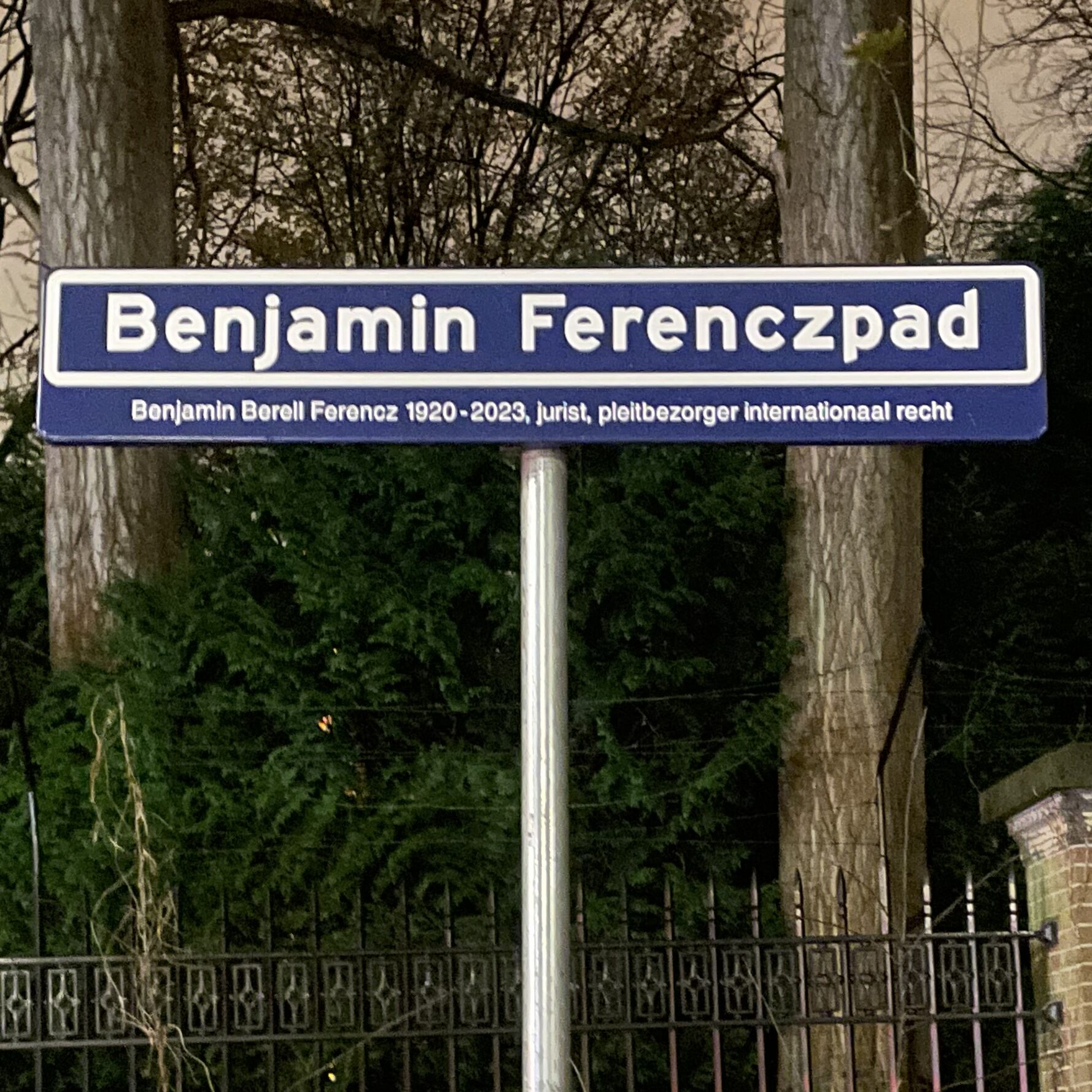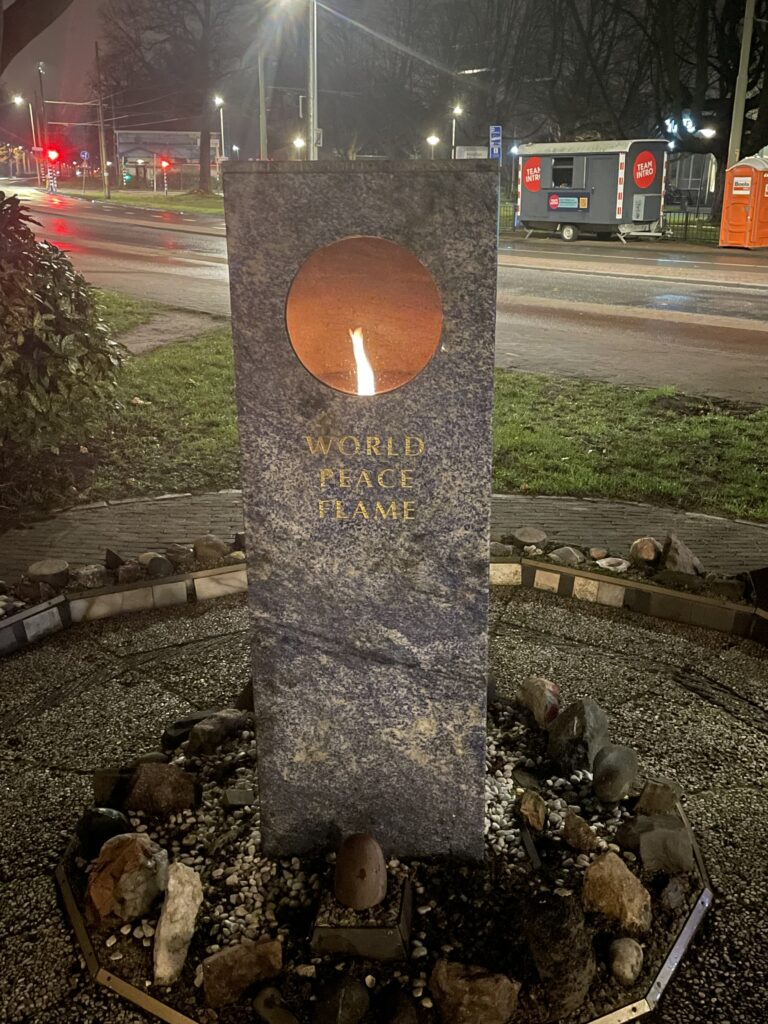The international Court of Justice (ICJ), also known as the World Court, is housed at the Peace Palace in The Hague. Here I will just refer to it as “the Court” for the simple reason that, despite its exceptionally rarified air, the ICJ is indeed a court after all.1As for the Peace Palace itself, it never housed any king or plenipotentiary; indeed, it appears even to have weathered well the Nazi occupation during World War II, though a number of its dedicated staff were lost in that war. Constructed with the material aid of Andrew Carnegie (gift of $1.5 million in 1903), the Peace Palace opened in August 1913 and current houses the Permanent Court of Arbitration, the International Court of Justice and The Hague Academy of International Law.

On Monday, the Court began two weeks of proceedings on the Obligations of States In Respect of Climate Change.
In international parlance, a “state” is a nation. National governments retain authority, at least in theory, to constrain activities, including fossil fuel production, utilization, and emissions within their own jurisdictions, as well as imports to, and exports across their borders. Such oil, gas and coal production, use, transport, and pollution drives the enveloping climate crisis, and that crisis, in turn, threatens the very fabric of the international order.
If, as I expect, the climate proceedings will make those points manifestly clear, then the Court in response could (and should) truly lay down the law, determine culpability, direct a remedy, and thus raise hope for our beleaguered planet.
The Court, in response, should lay down the law, determine culpability,
direct a remedy, and raise hope for our beleaguered planet.
Over the summer, in support of that effort and in response to a request by the Republic of Mauritius, renowned climate scientist James E. Hansen authored a short, clear, and exceedingly powerful expert report. In it, Dr. Hansen sought to “summarize what we understand about the recent and continuing causes and consequences of dangerous climate change, and what we need to do to avert it.” Mauritius filed the Hansen report in conjunction with its own written comments, and the Court made the full filing public just yesterday (see Annex 1 to the Mauritius filing).
In the course of his report, Dr. Hansen went well beyond even the most recent studies from the Intergovernmental Panel on Climate Change. Citing in part to conclusions from a far-reaching 2016 authored study that he led,2Hansen, J., et al., Ice Melt, Sea Level Rise and Superstorms: Evidence from Paleoclimate Data, Climate Modeling, and Modern Observations that 2 C Global Warming is Highly Dangerous. (Ice Melt.) Atmos. Chem. & Phys. Discussions (2016). Dr. Hansen warned that “if fossil fuel emissions continue to climb, a shutdown of the North Atlantic Overturning Circulation is likely within the next several decades,” and multi-meter sea level rise will become practically unavoidable over the next 50-150 year period. “Attendant increases in climate extremes, associated economic disruption, and consequential social dislocation may [then] render the planet ungovernable.”
“If fossil fuel emissions continue to climb, a shutdown of the North Atlantic Overturning Circulation is likely within the next several decades, and multi-meter sea level rise will become practically unavoidable over the next 50-150 year period. Attendant increases in climate extremes, associated economic disruption, and consequential social dislocation may, then, render the planet ungovernable.”
US Climate Scientist James E. Hansen
Regrettably, following its Nov. 10, 2024, election, the reorganizing Mauritius government decided not to appear in-person at the Court’s climate proceedings. Fortunately, its earlier written comments – including Dr. Hansen’s expert report – remain part of the record for decision.
It is critically important, however, that the Court comprehend the full magnitude of the climate crisis. Accordingly, Dr. Hansen soon will fly to the Hague to call public attention to the vital importance of the Court’s present climate proceedings. A strong decision by the Court is especially warranted in light of the manifest failure, to date, of the nations to meet their own announced “nationally-determined contributions.” Vanishingly few of them have slashed national emissions in line with the internationally-agreed limit of 1.5oC warming. Put another way, the nations have honored their decarbonization commitments largely in the breach.
To pave the way for Dr. Hansen’s work here in The Hague, I flew the 5,000+ miles, as crow flies, and arrived at my hotel late on the Sunday before the start of the Court’s climate proceedings. It was was getting cold, and misty, but I figured that I had better turn it around to scout out how best to navigate the last final two kilometers to the Court, so that I could get there first the next morning.
For the purpose, I was able to secure an actual paper map. It indicated that adjacent to the Peace Palace there stood the World Peace Flame. Knowing nothing, I presumed the term “flame” in the name was shorthand for a world-class torch, one likely set atop a soaring chimney, so that could serve, at minimum, as beacon and, for me, an unmistakable landmark.
In winding my way through the deserted late-night streets, I saw no such torch.
But in winding my way through the largely deserted late-night streets of The Hague, I saw no such torch. Nearing the Peace Palace, a traffic worker outfitted in a brilliant neon yellow rain-suit assured me there indeed was a torch just a bit ahead, at the Palace gates. Continuing on, the Palace itself, illuminated by numerous spot lights, stood magnificent and grand.
Faintly, it began to rain, but still puzzled and determined, I set out again to find that torch, heading counterclockwise with the thought that if I kept the Palace always to one side of me I’d surely not miss its torch.

A sign on my route indicated Benjamin Ferenczpad. I figured that meant “Benjamin Ferencz path.” Later, I looked him up. According to Wikipedia, Ferencz was “an investigator of Nazi war crimes after World War II and the chief prosecutor for the United States Army at the Einsatzgruppen trial. . .[L]ater he became an advocate of international rule of law and for the establishment of an International Criminal Court.”3Ferencz died last year, at age 103. A local Dutch source indicated that when he was age 97, a Hague alderman travelled to Washington to symbolically hand over the street sign. Ferencz accepted this ‘huge honour’ with a quip. ‘I have a very bad sense of direction, so this will help me find my way when I’m in The Hague.’ As it turns, the International Criminal Court is today (Dec. 3) considering whether to recognize “Ecocide” as an international crime – one akin to genocide and war crimes.

Alighting the dimly-lit Ferenczpad, I followed it to its end. But still, no soaring torch to my left. Maintaining counterclockwise, at last I ended up where I began. Reporting in to the same neon-yellow construction worker, he seemed more disappointed than annoyed: “There, it is right over here,” he pointed, his halting English far surpassing my Dutch. Back I turned, and a minute later discovered what he’d indicated all along. I had simply walked right by it, sort of like Pythagoras, his eyes on a star falling into a ditch. The World Peace Flame, as it turns, is really just a flame, not a soaring torch. I suppose I needed more.
But the next morning, in Court, its promise burned particularly bright.
A joint delegation from the Republic of Vanuatu and the Melanesia Spearhead Group led off for the Court’s unprecedented climate proceedings. And the Republic’s Special Envoy for Climate Change and Environment, Ralph Regenvanu, took lead for that delegation.
Here I have transcribed the first part of the Special Envoy’s remarkable statement, but you can see and hear the whole of it, and more (including remarks by the Republic’s Attorney General), right here, commencing at minute 14:09:
The outcome of these proceedings will reverberate across generations, determining the fate of nations like mine, and the future of our planet. Vanuatu is a nation of islands and island peoples. Our peoples have built vibrant cultures and traditions over millennia that are intimately intertwined with our ancestral lands and seas.
“Yet today we find ourselves on the frontlines of a crisis we did not create, a crisis that threatens our very existence and that of so many other peoples who have come in unprecedented numbers to be heard by this Court.
“The importance of the questions before this court cannot be overstated. At issue in this case is the legality under the entire corpus of international law of a certain conduct, displayed by specific states over time, which has interfered with the climate system to a point that has already resulted in injury to Vanuatu and that threatens the survival of my people and of humanity as a whole.”
Ralph Regenvanu, Republic of Vanuatu Special Envoy for Climate Change and the Environment
Expert Report of Dr James E. Hansen
 Loading…
Loading…
Footnotes:
- 1As for the Peace Palace itself, it never housed any king or plenipotentiary; indeed, it appears even to have weathered well the Nazi occupation during World War II, though a number of its dedicated staff were lost in that war. Constructed with the material aid of Andrew Carnegie (gift of $1.5 million in 1903), the Peace Palace opened in August 1913 and current houses the Permanent Court of Arbitration, the International Court of Justice and The Hague Academy of International Law.
- 2Hansen, J., et al., Ice Melt, Sea Level Rise and Superstorms: Evidence from Paleoclimate Data, Climate Modeling, and Modern Observations that 2 C Global Warming is Highly Dangerous. (Ice Melt.) Atmos. Chem. & Phys. Discussions (2016).
- 3Ferencz died last year, at age 103. A local Dutch source indicated that when he was age 97, a Hague alderman travelled to Washington to symbolically hand over the street sign. Ferencz accepted this ‘huge honour’ with a quip. ‘I have a very bad sense of direction, so this will help me find my way when I’m in The Hague.’


